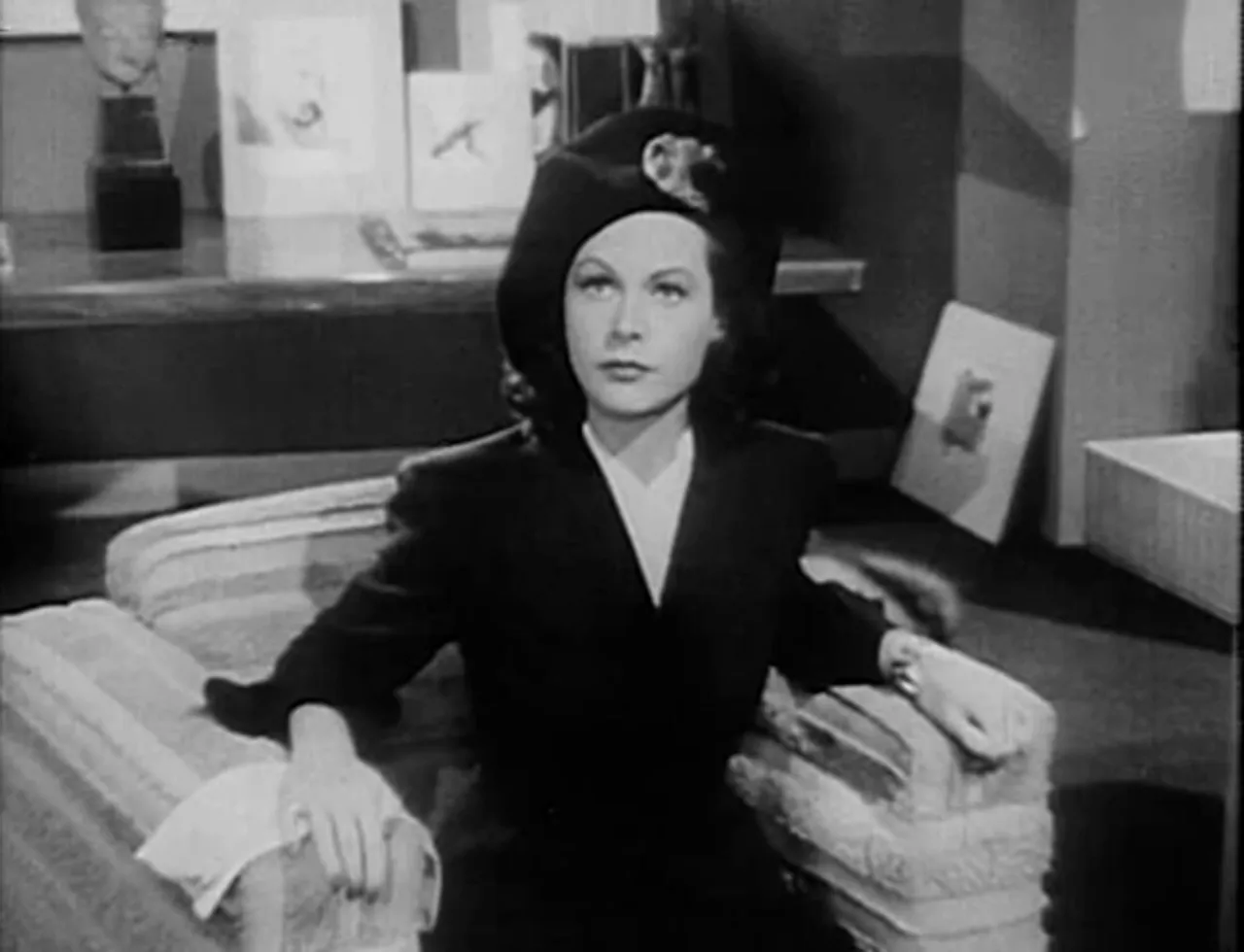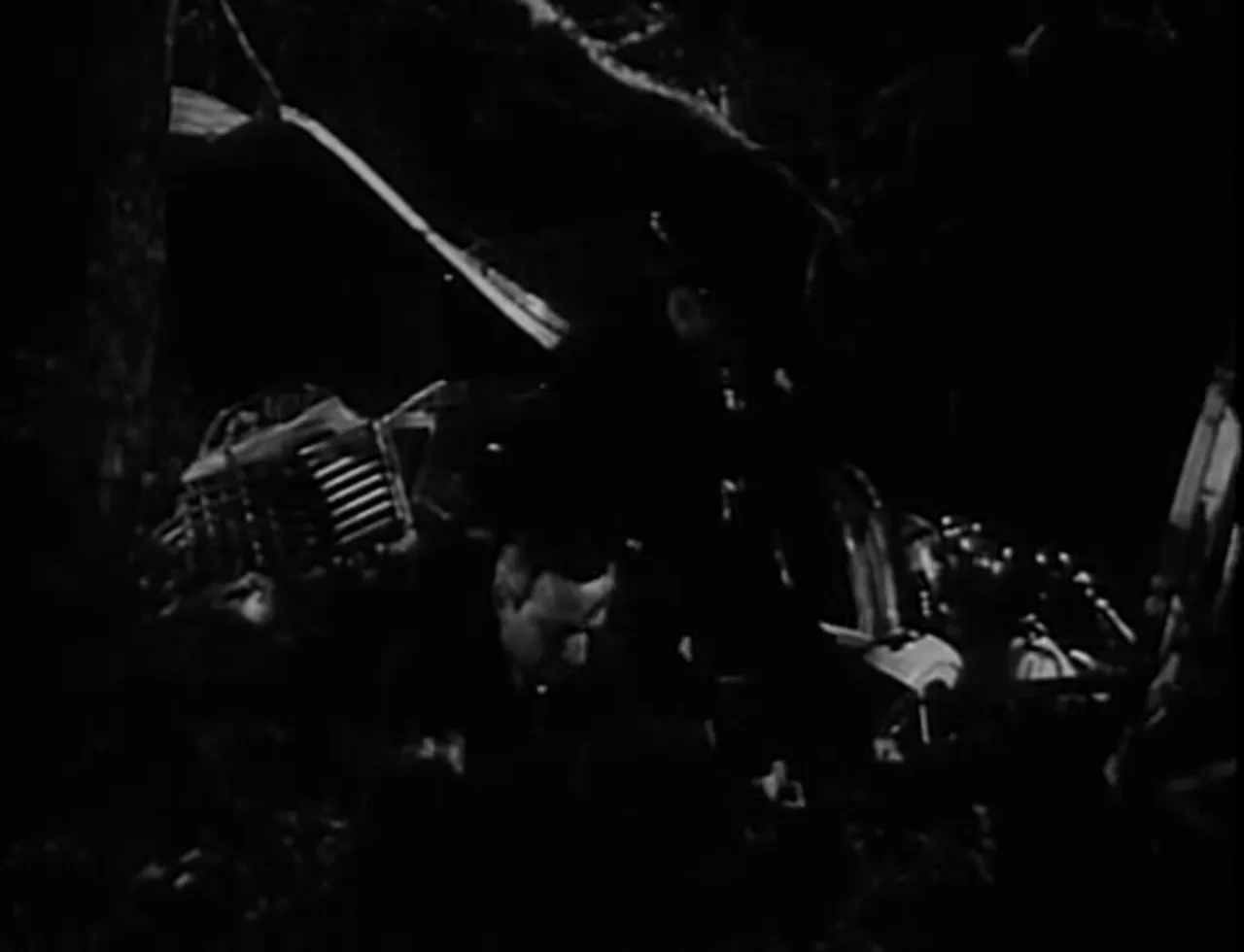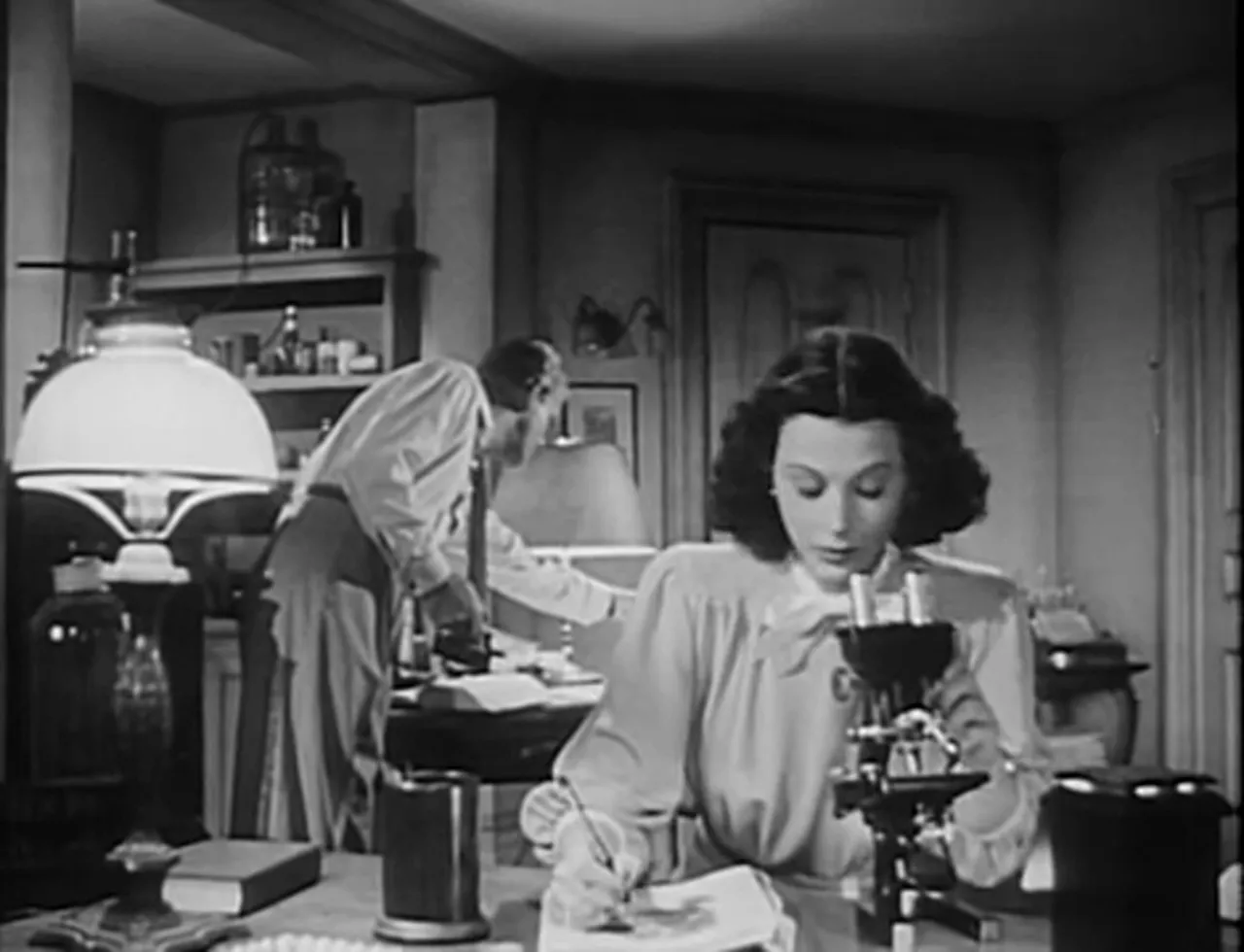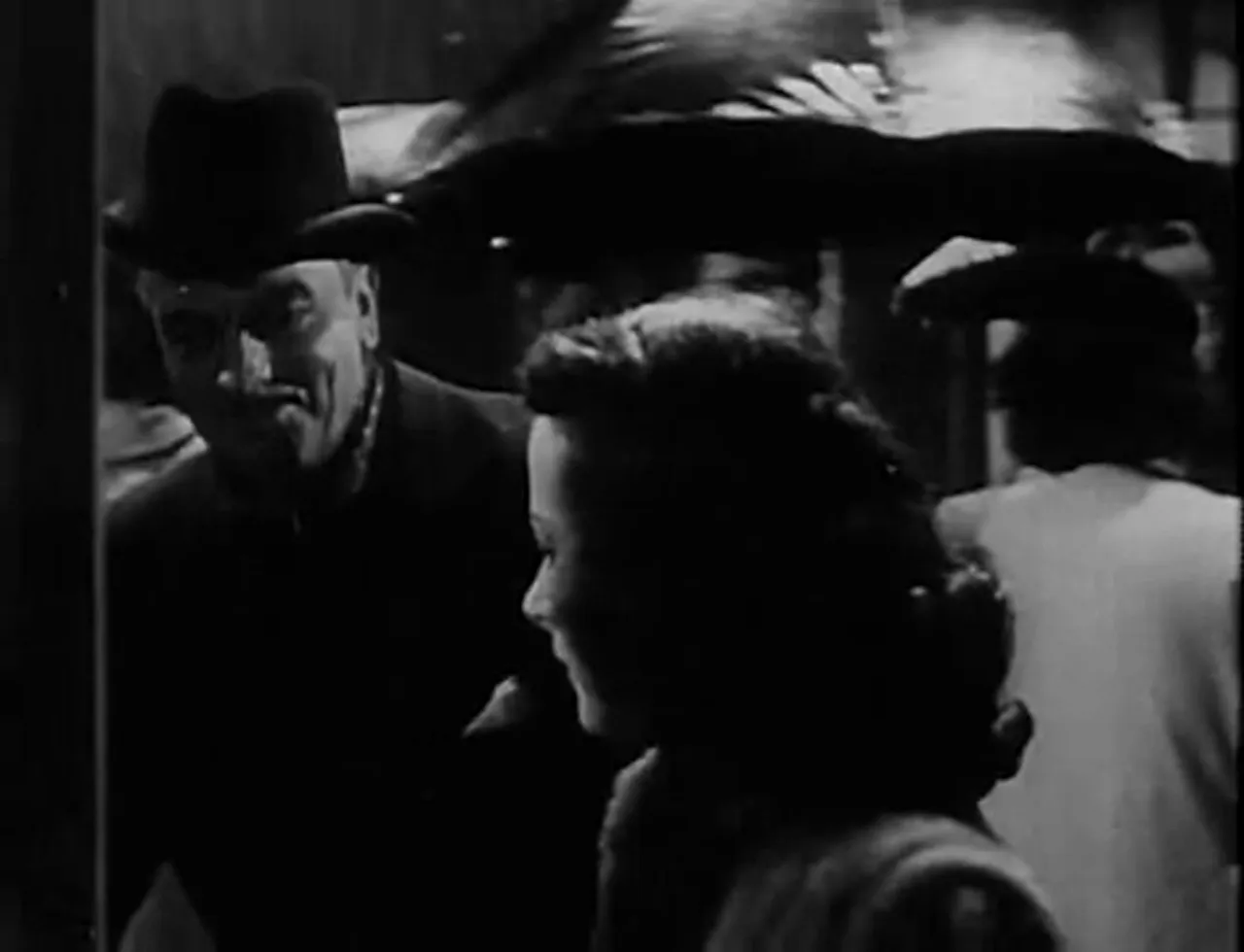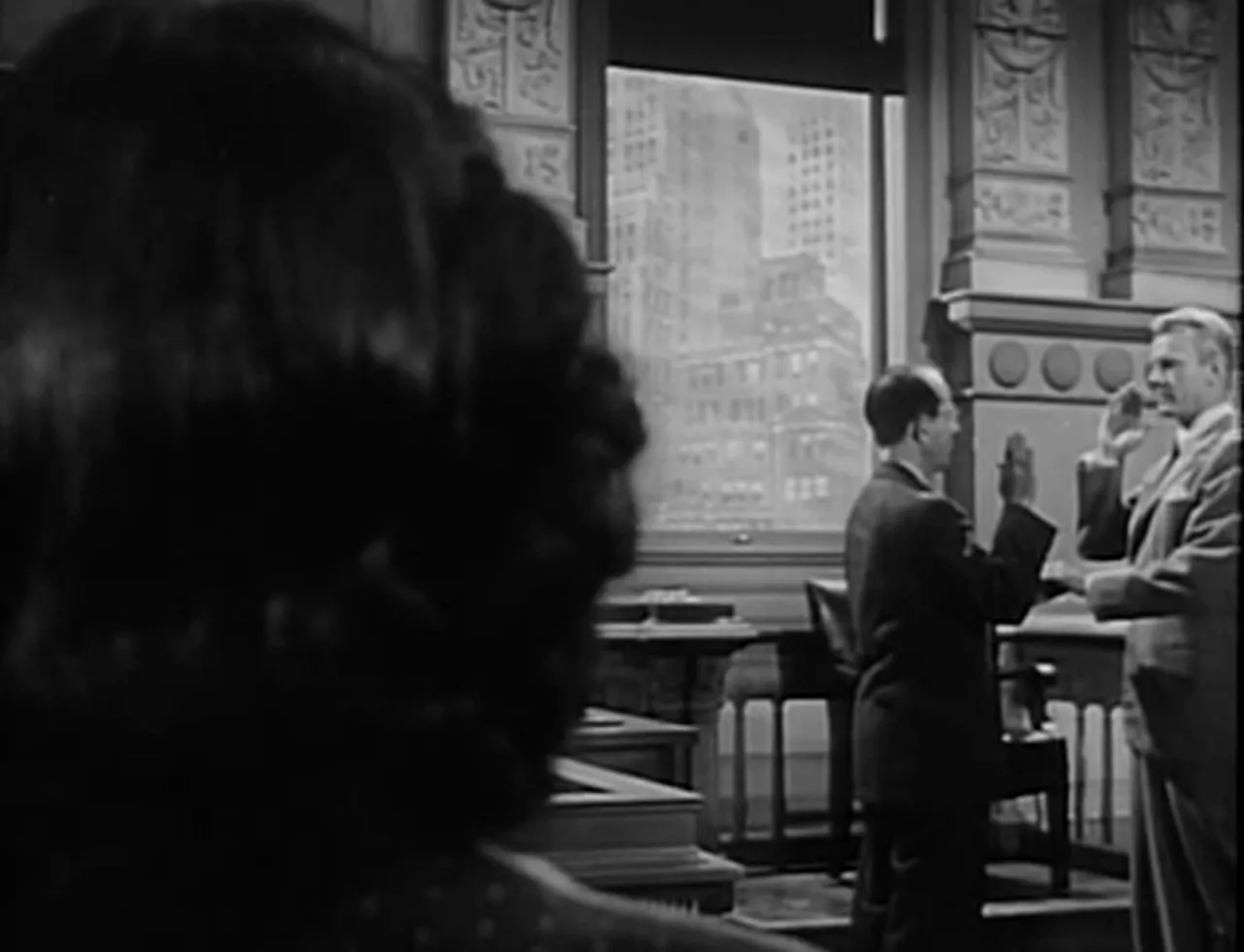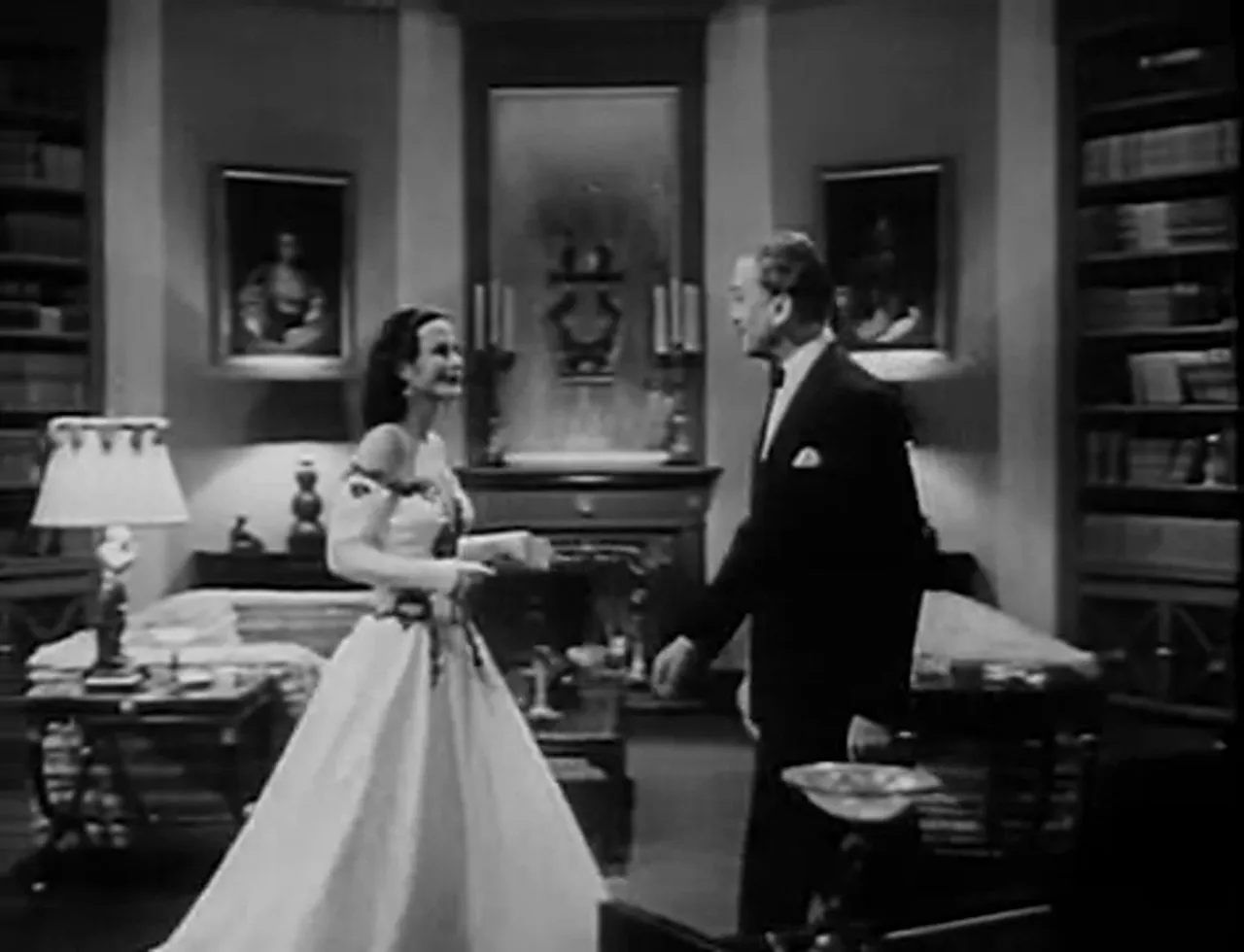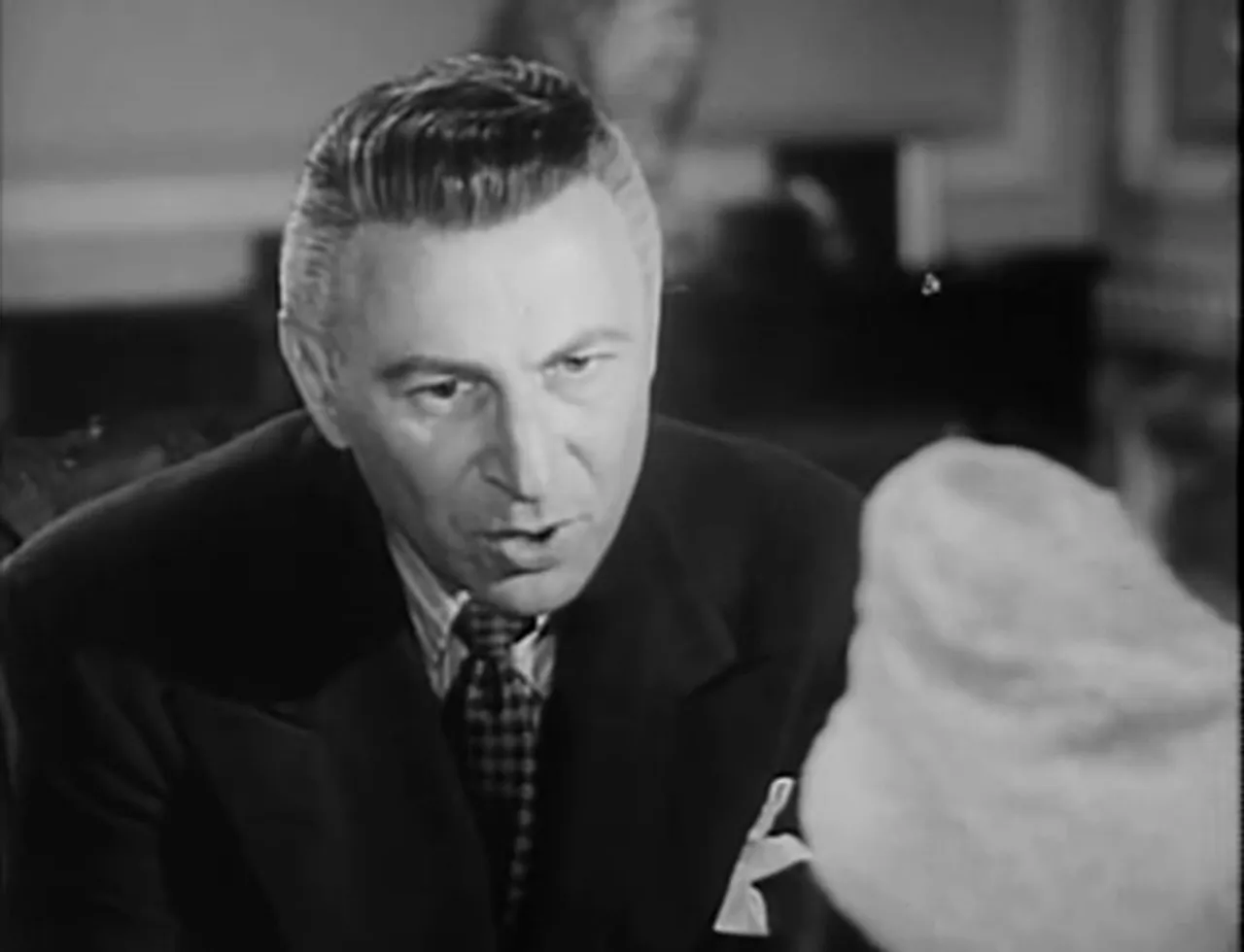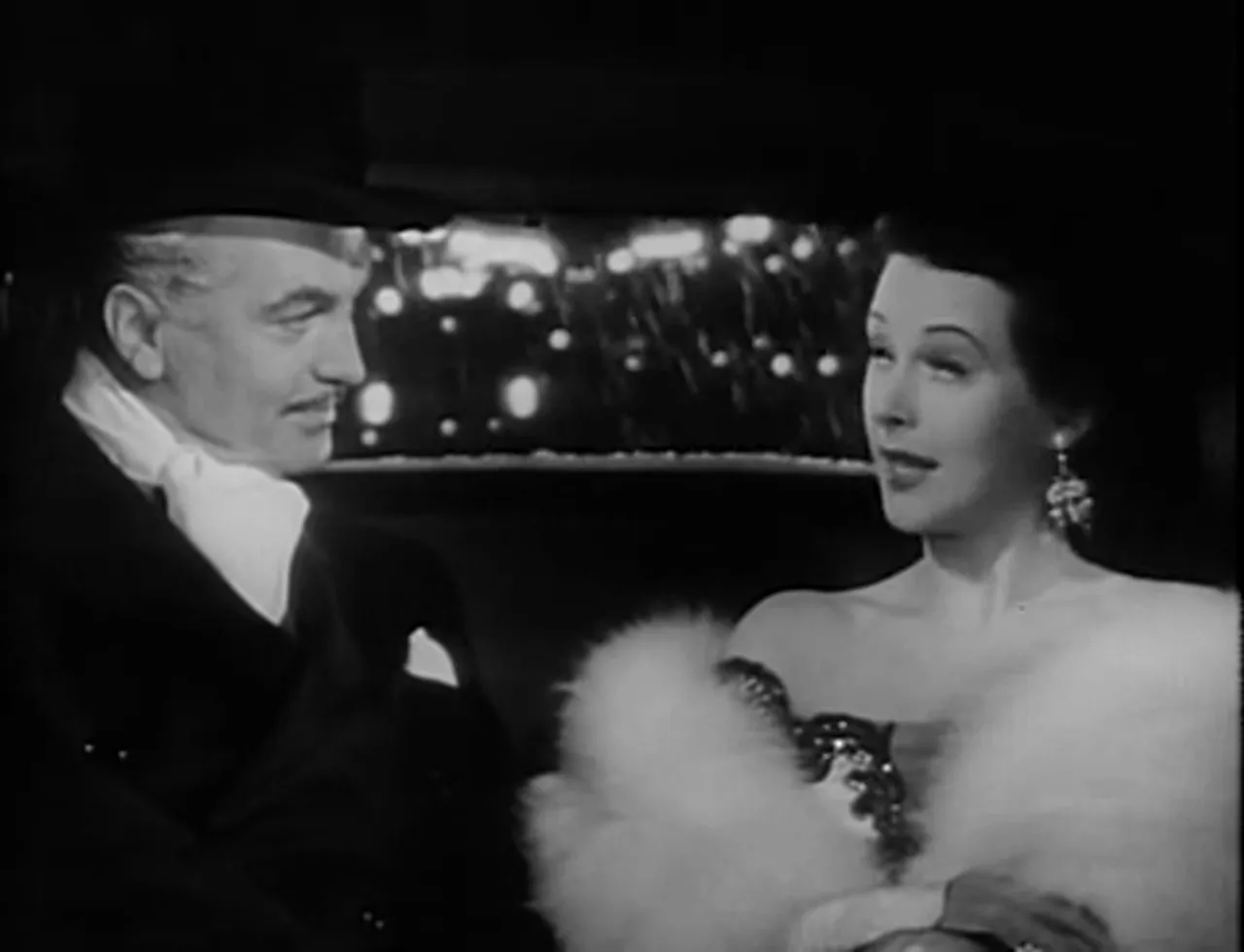The classic cinema critic approaches Dishonored Lady as both a historical document and a dramatic specimen of the American film industry at a singular postwar moment. The 1947 film Dishonored Lady — directed by Robert Stevenson and starring Hedy Lamarr, Dennis O'Keefe and John Loder — occupies a particular place in the canon precisely because it reads like a film noir movie refracted through melodrama and psychological inquiry. Drawing on the original screenplay lineage from the 1930 stage play by Edward Sheldon and Margaret Ayer Barnes, this film adaptation presents a troubled heroine, institutional pressures, and a moral geometry that invites scrutiny.
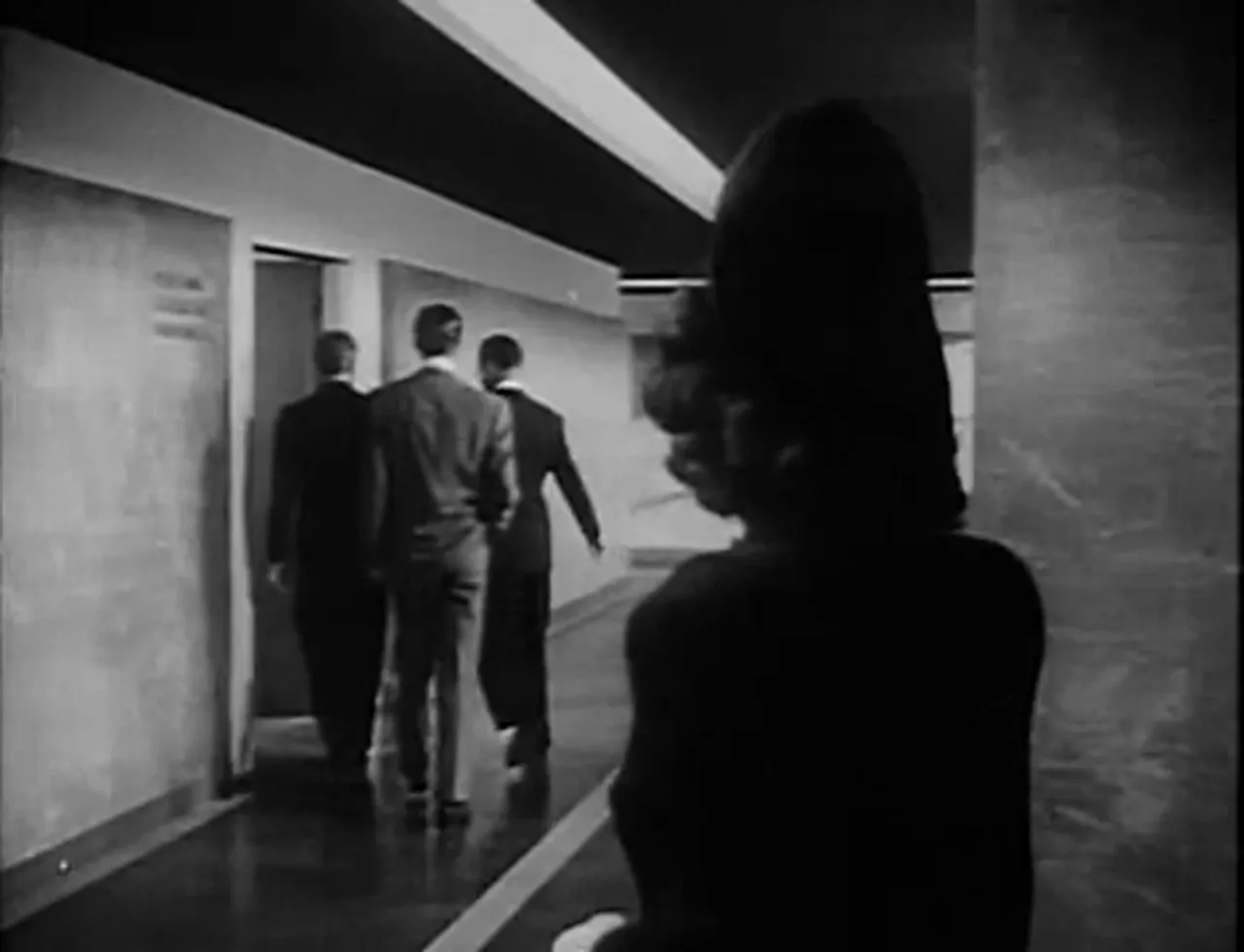
Outline
- Introduction: Dishonored Lady and its identity as a film noir movie
- Synopsis: A clear account of the story and its key beats
- Performances and Characters: Lamarr, O'Keefe, Loder and the supporting cast
- Themes and Motifs: Identity, self-deception, psychiatry, and gender
- Adaptation from Stage to Screen: What the script keeps and what the Hays Office demanded
- Production Context: Direction, cinematography, music and studio pressures
- Critical Reception and Legacy: Box-office, reviews, and the film’s place among film noir movies
- Viewing Guide and Conclusion: Why modern viewers should watch Dishonored Lady
Introduction: The film noir movie label and Dishonored Lady’s uneasy marriage of genres
Dishonored Lady is often catalogued as a film noir movie, and with good reason. It shares noir’s preoccupations — a heroine haunted by a past, dangerous men, moral ambiguity, and a fatal atmosphere of suspicion — yet it resists tidy categorization. The film’s origins in a 1930 stage play lend it theatrical intensity; its postwar production history and the censorship of the Hays Office inject an institutionalized tension. The result is an ambiguous, sometimes heavy-handed, but always fascinating specimen of a film noir movie that trades in melodramatic disclosure as much as in the shadowy visual vocabulary associated with noir.
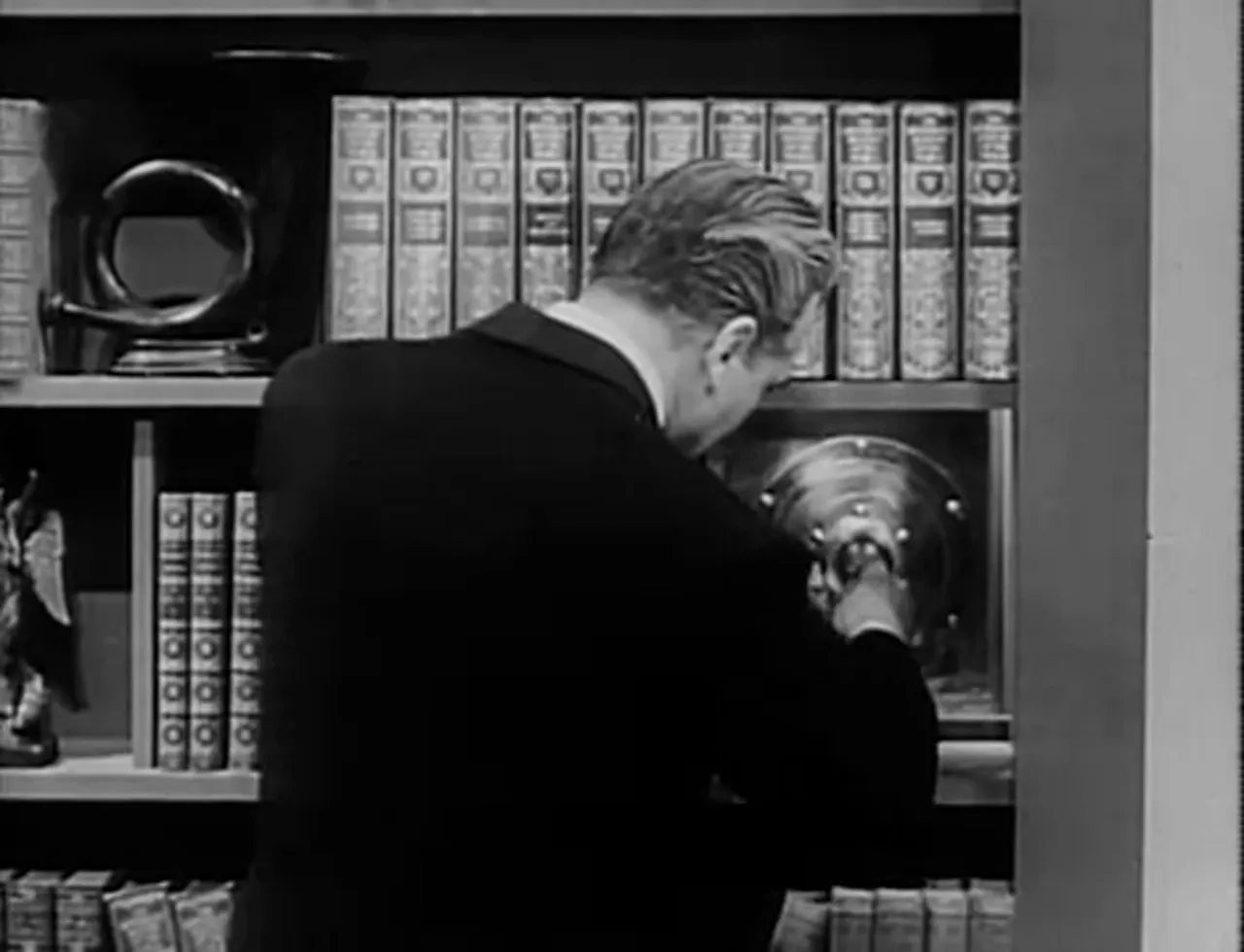
Calling Dishonored Lady a film noir movie helps frame the critic’s reading: the movie is as much about perception as about crime. The camouflage between truth and illusion is central to the story, and the film uses crime as a device to expose interior conflicts. The heroine’s struggle — between the life she has constructed and the life she fears to reveal — is the engine that makes this a compelling film noir movie for modern study.
Synopsis: The narrative structure of a film noir movie
At its most basic, the film tells the story of Madeleine Damien, a high-powered fashion editor at the slick Manhattan magazine Boulevard. She is beautiful, self-contained, and evidently attractive to men of various social positions: her boss Victor Kranish, wealthy advertiser Felix Cortland, and Jack Garet, a former assistant whose resentment and opportunism become poisonous.
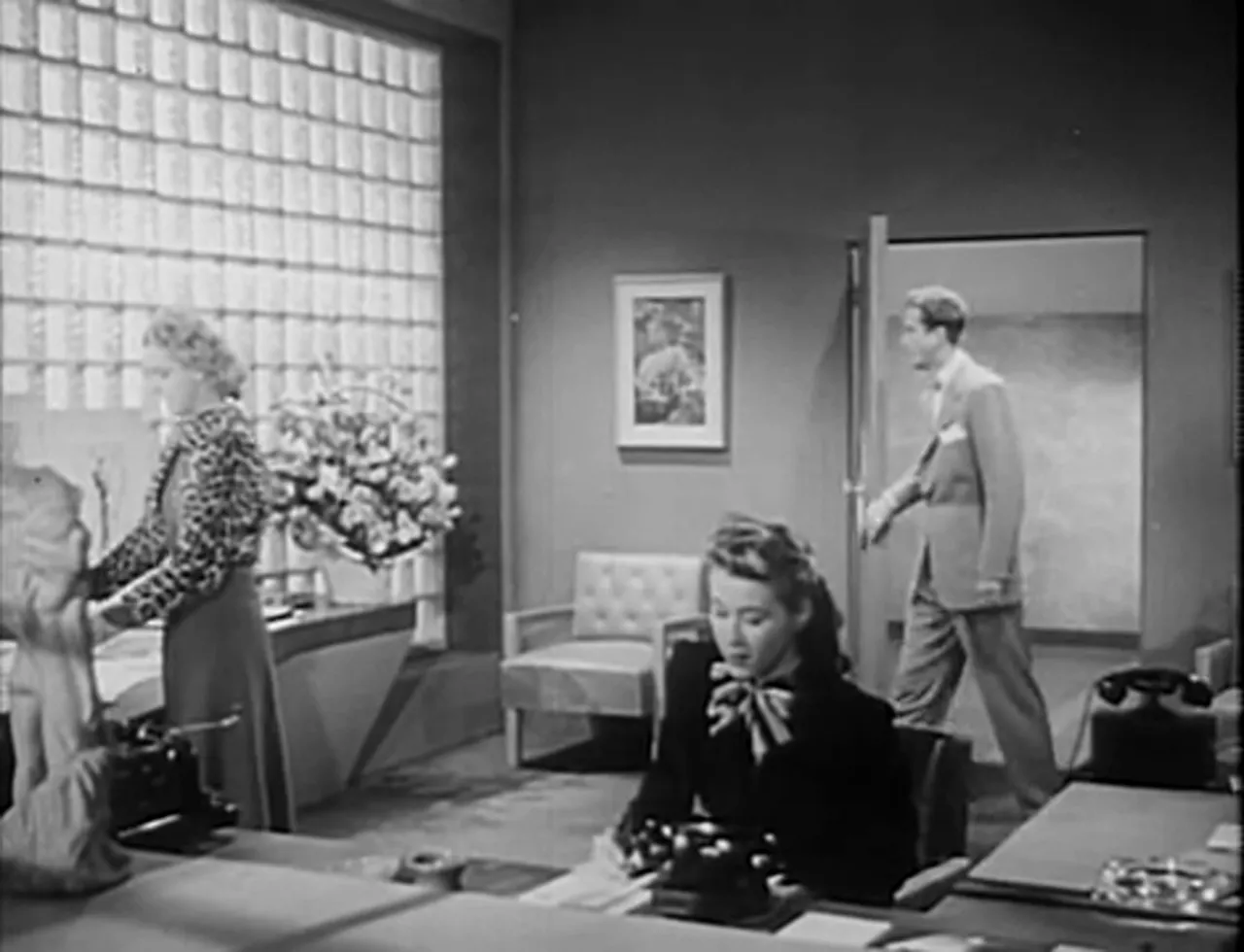
Madeleine’s public success masks a private disquiet. After a suicide attempt and a breakdown triggered by the pressures of city life, she is rescued by Dr. Richard Caleb, a psychiatrist whose tests encourage her to stop running. She removes herself from the fashion world and moves to a smaller life under a false name, where she rediscovers painting — her first love — and forms a working, romantic relationship with David Cousins, a young medical researcher in need of illustrations for his scientific paper.
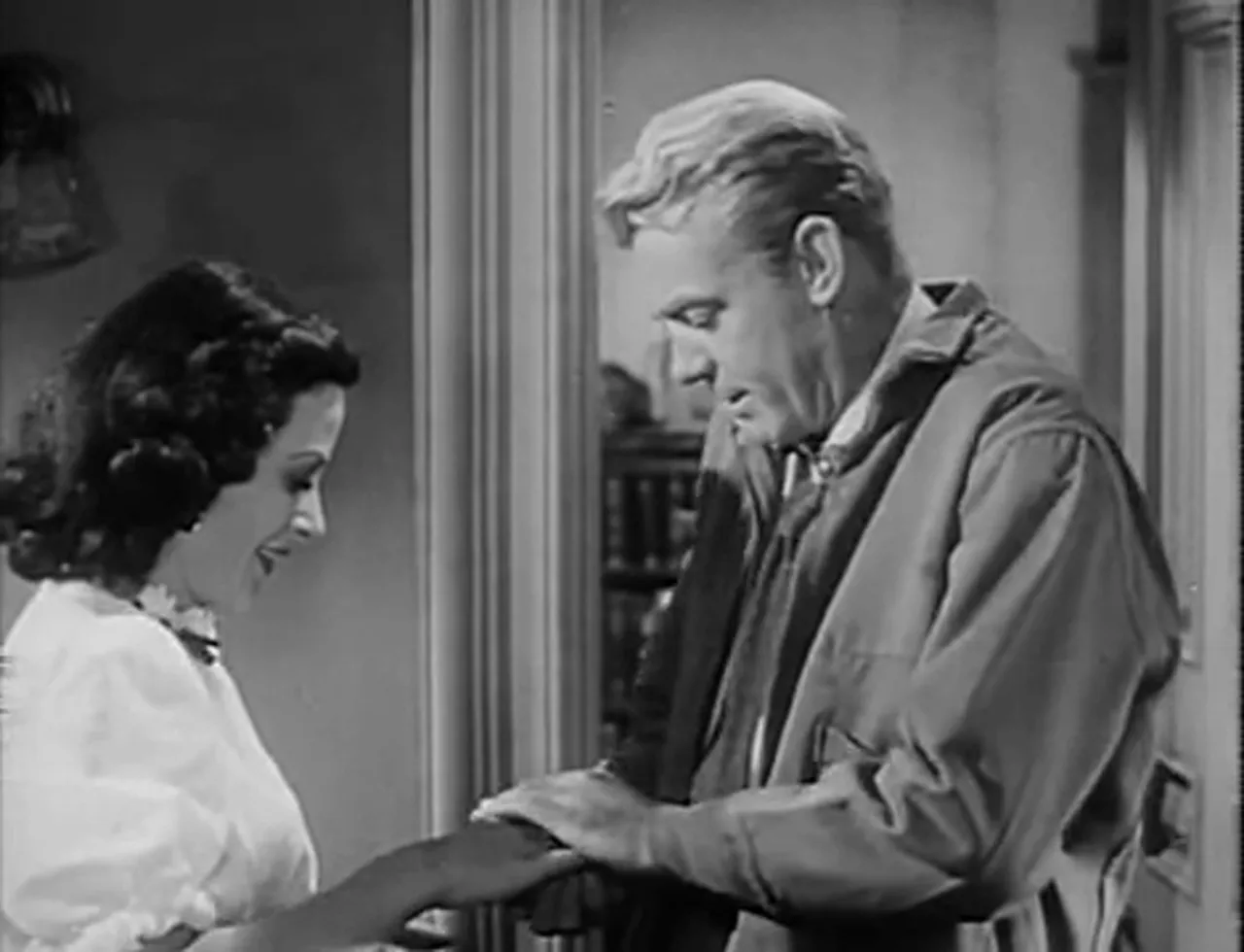
The idyll is short-lived. Colleagues from Boulevard and the tumultuous, possessive Felix Cortland re-emerge, and a deadly confrontation follows. When Cortland is found murdered, Madeleine — whose presence in his apartment the night of the murder and whose false identity are soon exposed — is arrested. The courtroom sequence forms the film’s moral crucible: professional reputations, psychiatric testimony, and love collide. A series of revelations culminates in the true killer’s confession, but the narrative continues past legal exoneration to ask whether the heroine can become the person she claims she wants to be.
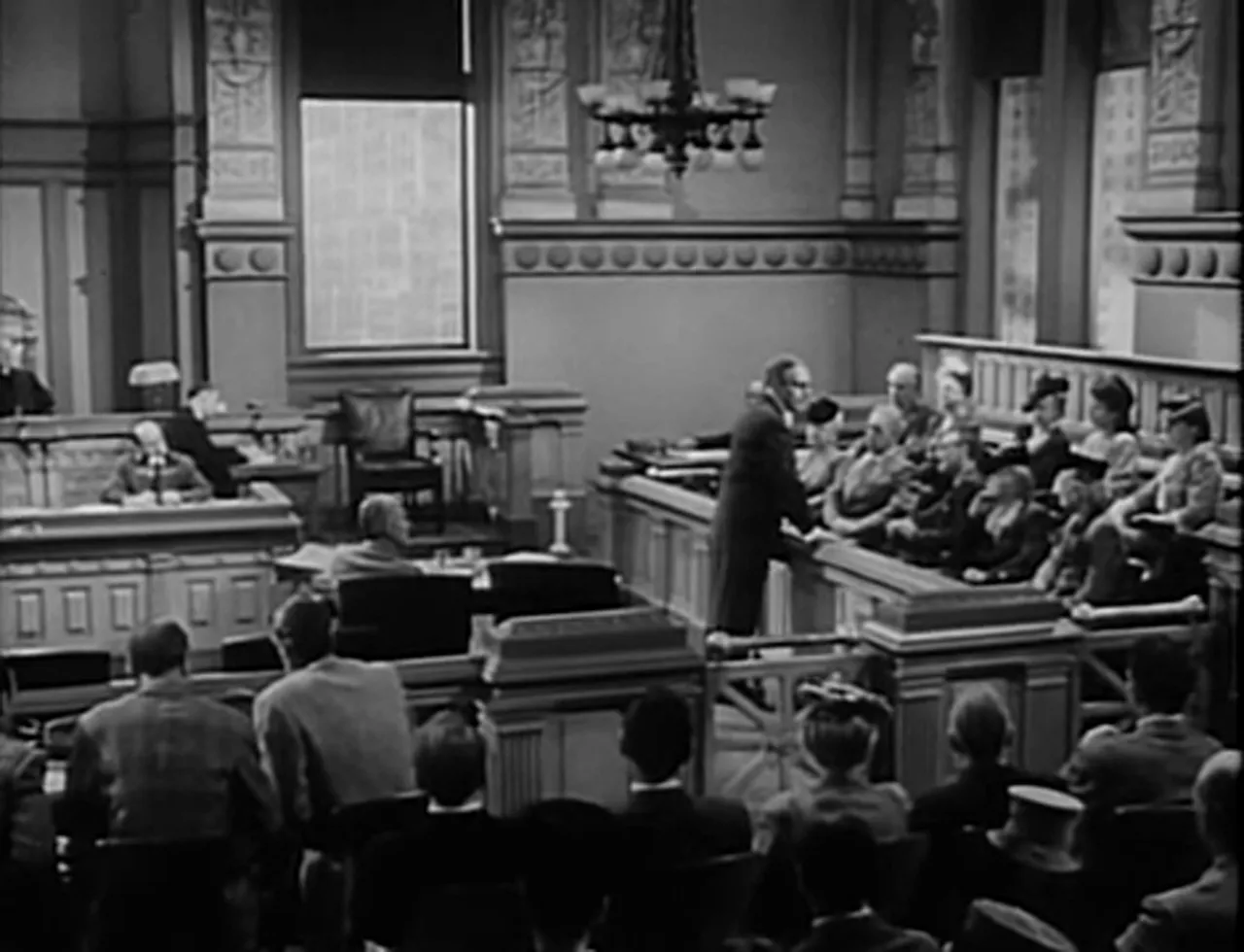
Performances and Characters: Hedy Lamarr’s Madeleine and the noir ensemble
Hedy Lamarr’s portrayal of Madeleine Damien is the film’s axis. The character is complex by design: she is appealing and self-destructive, glamorous and shaky. Lamarr brings a luminous presence, a cool glamour that the camera loves, while also attempting a deep interior performance when the script permits. Her Madeleine is a woman who must confront an inherited romanticism and the moral consequences of a life built on evasions.
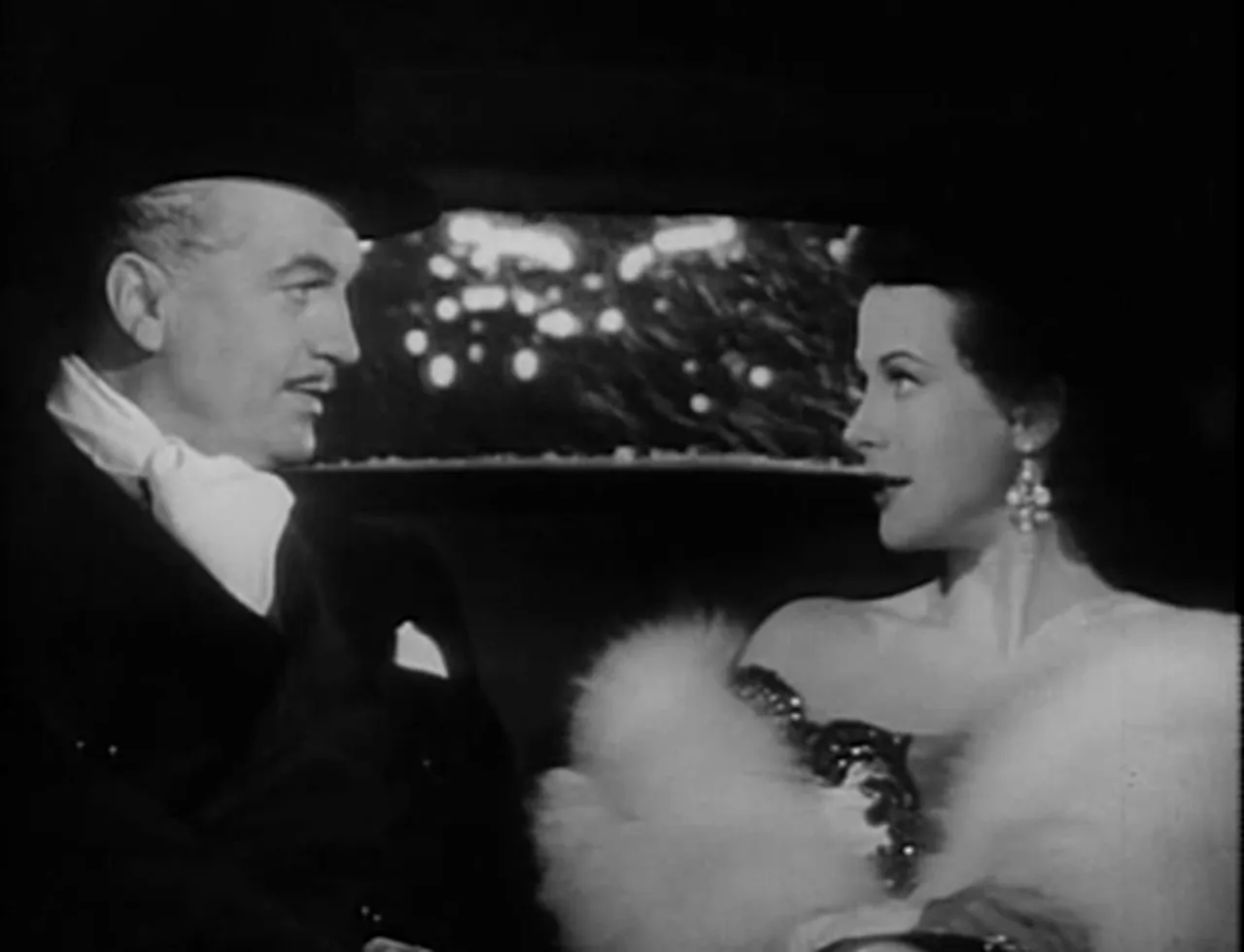
Dennis O'Keefe as Dr. David Cousins provides a careful counterpoint: steady, scientifically minded, and emotionally sincere. His love for Madeleine is unconditional, which the script uses as both test and redemption. John Loder’s Felix Cortland is the archetypal wealthy, intrusive male who thinks his money and power entitle him to possessiveness. William Lundigan’s Jack Garet, in the role of the resentful former assistant, supplies the film’s criminal impetus. The supporting cast — including Morris Carnovsky as Dr. Richard Caleb, Natalie Schafer (Ethel Royce), and Margaret Hamilton (Mrs. Geiger) — fortify a world where social gloss thinly covers psychological wounds.
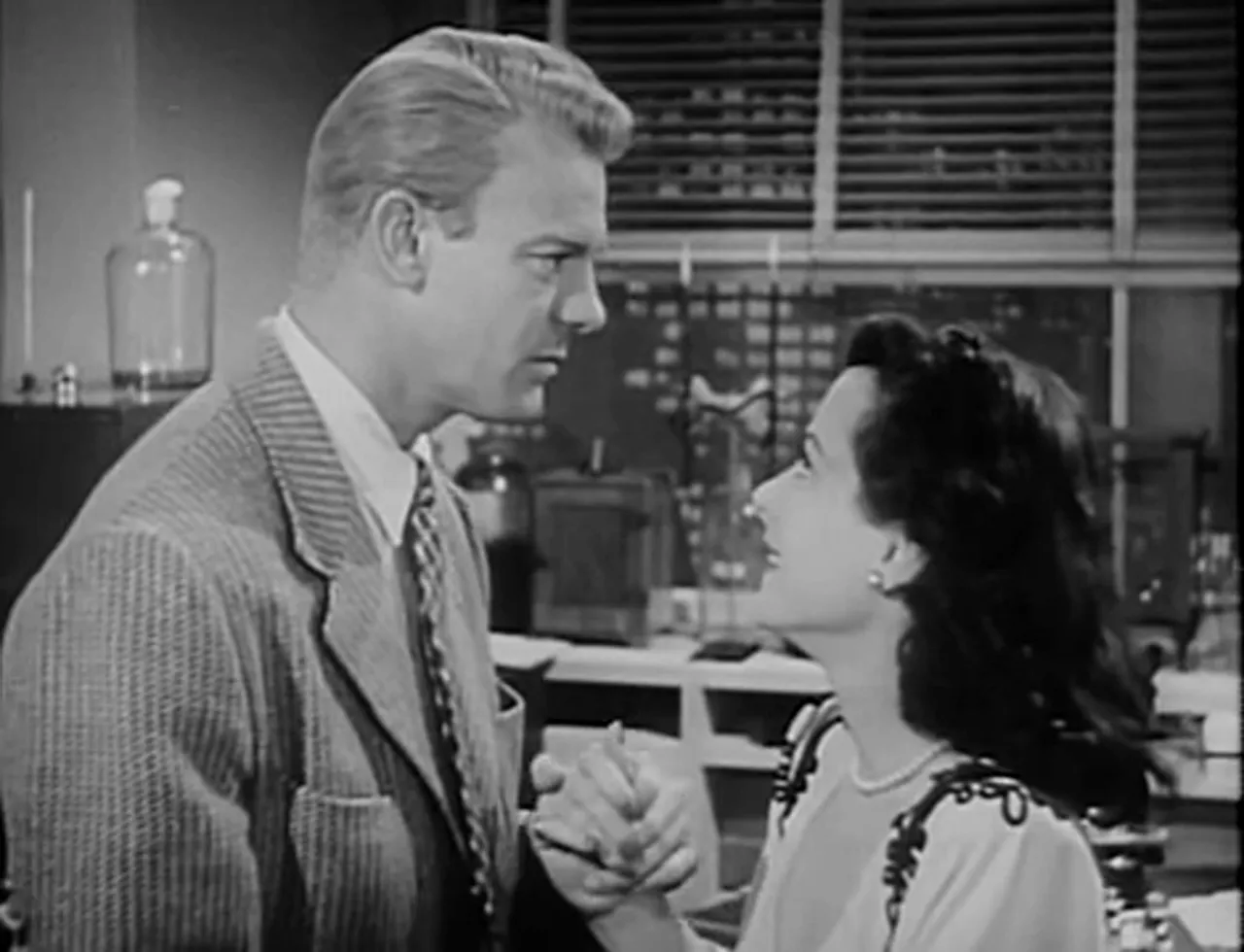
Lamarr’s dilemma: Glamour and inner collapse
In the film’s structure, Lamarr must simultaneously sell an image and a private catastrophe. There are moments when the camera’s adoration of her beauty undercuts sympathy — a tension central to many a film noir movie. Her performance benefits from the contrasts: Madeleine’s control in public and crumbling vulnerability in private play into noir’s interest in dualities.
Themes and Motifs: Identity, confession, psychiatry and the moral economy of a film noir movie
Dishonored Lady is less a procedural crime story than a character study disguised as a murder melodrama. It interrogates identity: Madeleine’s adopted name, her refusal to tell David about her past, and her oscillation between worlds push the story into the realm of psychological noir. The film foregrounds confession as both solution and danger: the courtroom seeks literal confession; the psychiatrist seeks introspective confession. Both are forms of illumination associated with the genre’s moral project.
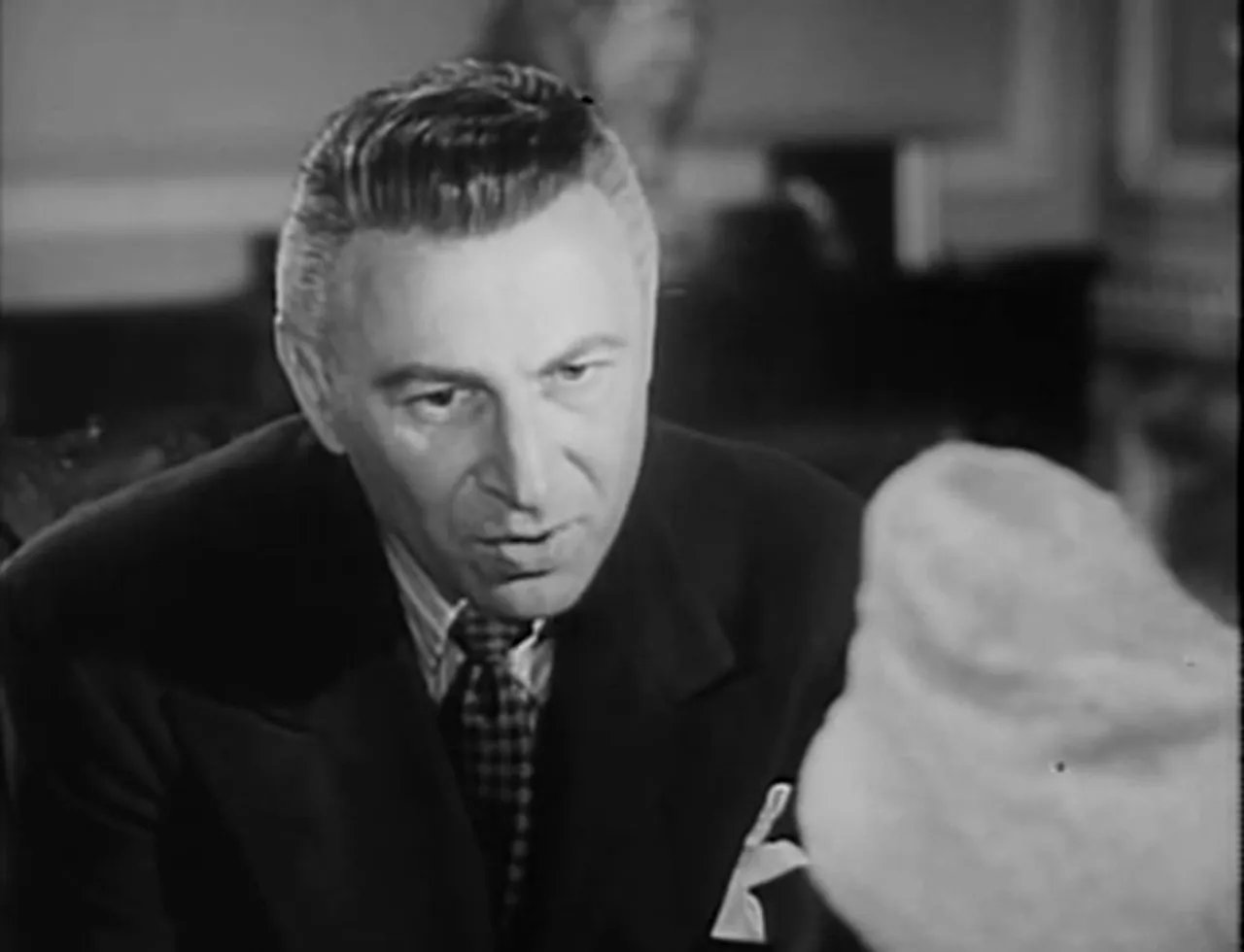
Psychiatry and postwar anxieties in a film noir movie
The presence of Dr. Richard Caleb — a psychiatrist who reorients Madeleine’s life — ties the film to a postwar cinematic fascination with mental health. In many film noir movies, psychology functions as an explanatory mechanism for crime and desire; here it is also a moral mechanism. The doctor’s interventions are paternalistic, but they also offer the heroine a language to interpret her choices. The critic observes that the film’s concerns are less about legal guilt and more about existential honesty.
Madeleine’s father’s suicide — a central reference in both play and film — frames generational continuity and the possibility of repeating tragic patterns. The film treats inherited romanticism as dangerous, even seductive. The heroine must decide whether to risk telling the truth — and thereby possibly losing love — or to preserve illusion at a moral cost. That dilemma sits at the heart of the film’s noir sensibility.
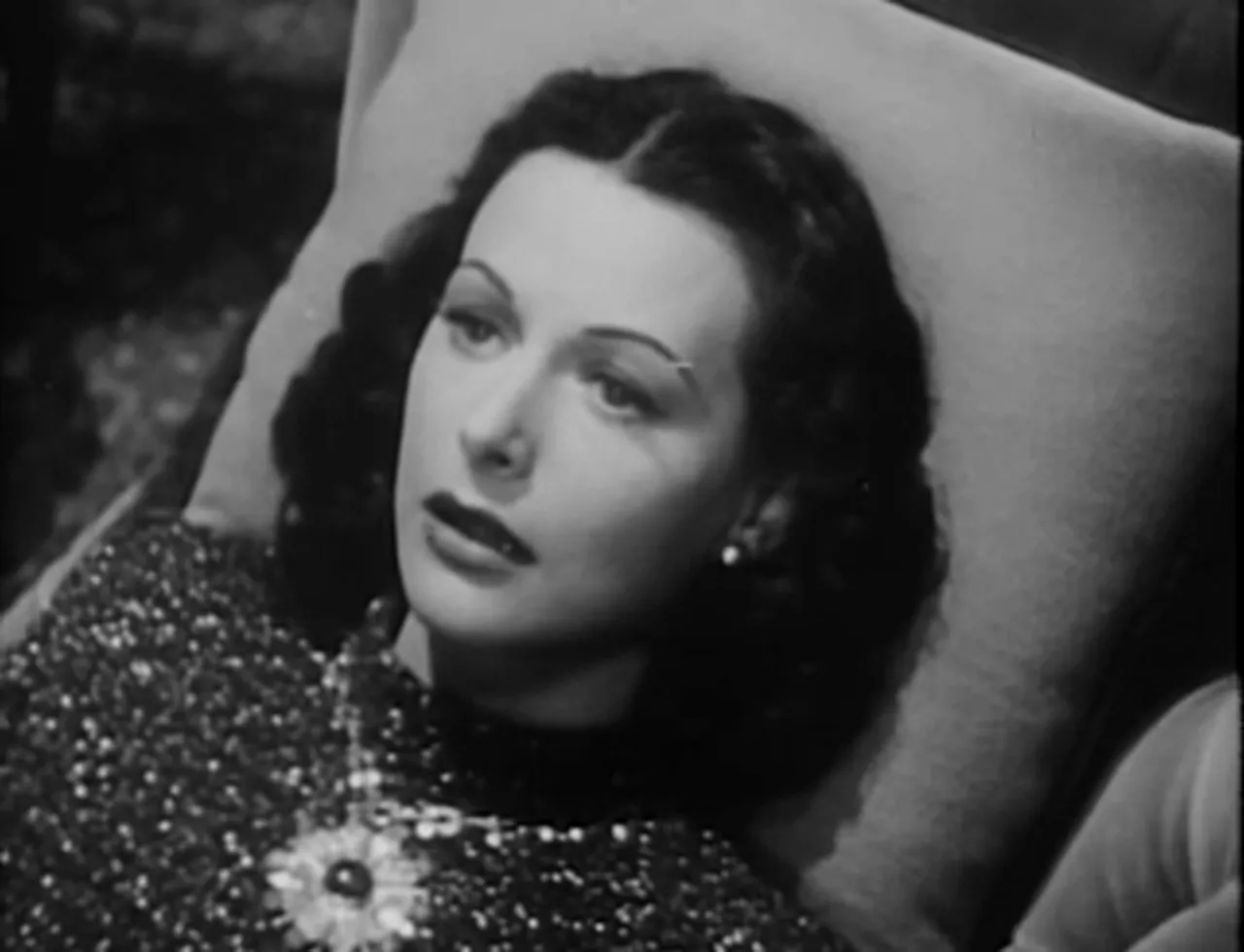
Adaptation and Censorship: From stage play to film noir movie
The film’s screenplay, derived from the 1930 play by Edward Sheldon and Margaret Ayer Barnes, underwent significant alterations to appease the Motion Picture Production Code (the Hays Office). The Wikipedia record and contemporary accounts reveal that censors objected to some of the play’s frank material: an affair in Mexico, explicit suggestions of sexual violence, and a “night of sordid passion.”
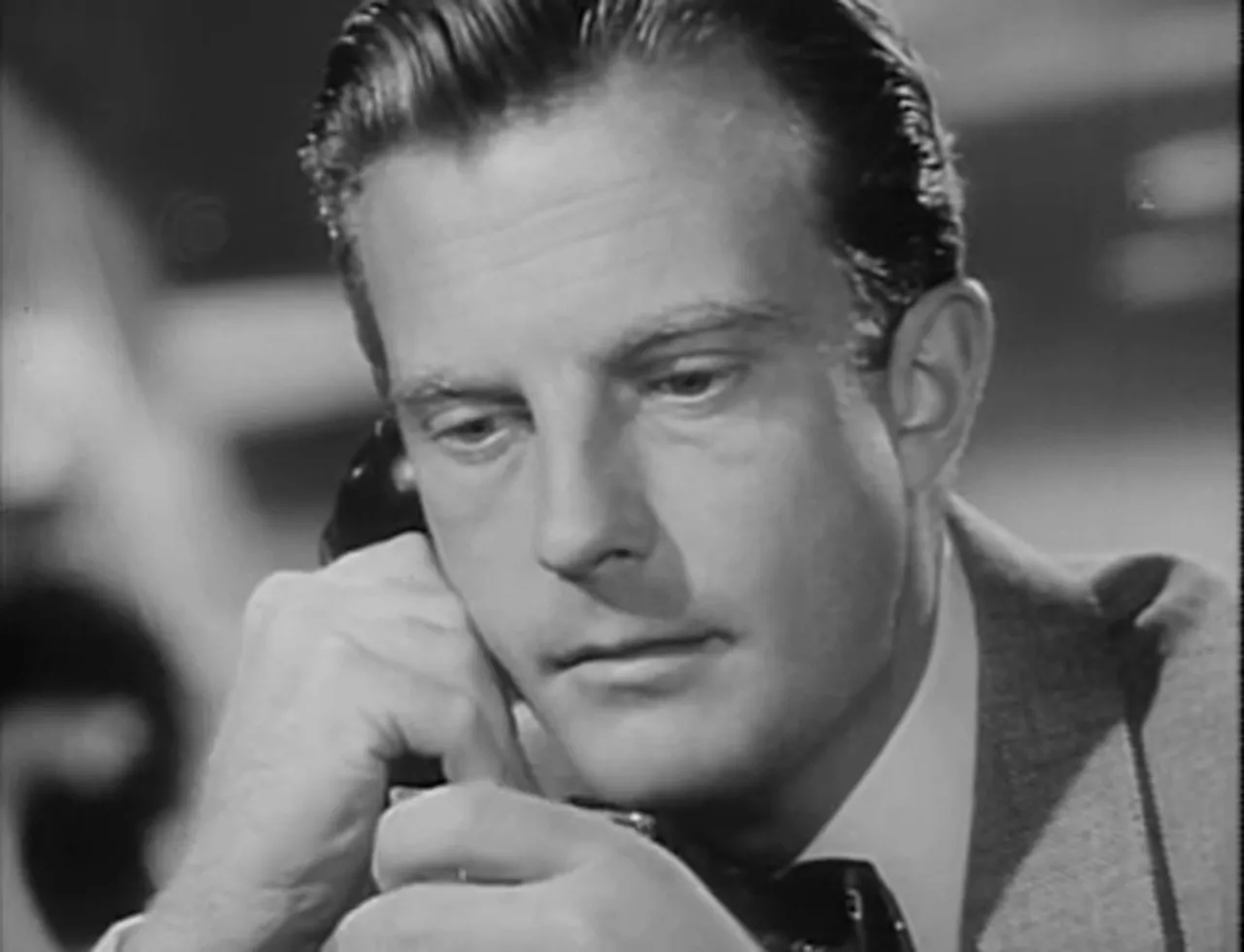
Officials at the Hays Office insisted that elements deemed “gratuitous” be excised. As the censor’s notes indicate, references to Madeleine’s parents were removed; the character Moreno and the Mexico affair were deleted; and the “night of sordid passion” was not shown. Further changes softened the possibility that Madeleine had contemplated murder and reshaped the film to accentuate redemption rather than depravity. These editorial decisions changed the film’s tone, creating a hybrid that reads like a film noir movie in its shadowy surface but a melodrama in its moral resolution.
Production Context: Direction, cinematography and music in a film noir movie
Robert Stevenson’s direction navigates a tricky script. He stages the courtroom scenes with a certain theatrical economy and frames Madeleine in settings that emphasize both glamour and enclosure. Lucien N. Andriot’s cinematography clothes the scenes in high-contrast black and white, often favoring close-ups and interior gloom — visual traits familiar to enthusiasts of film noir movies.
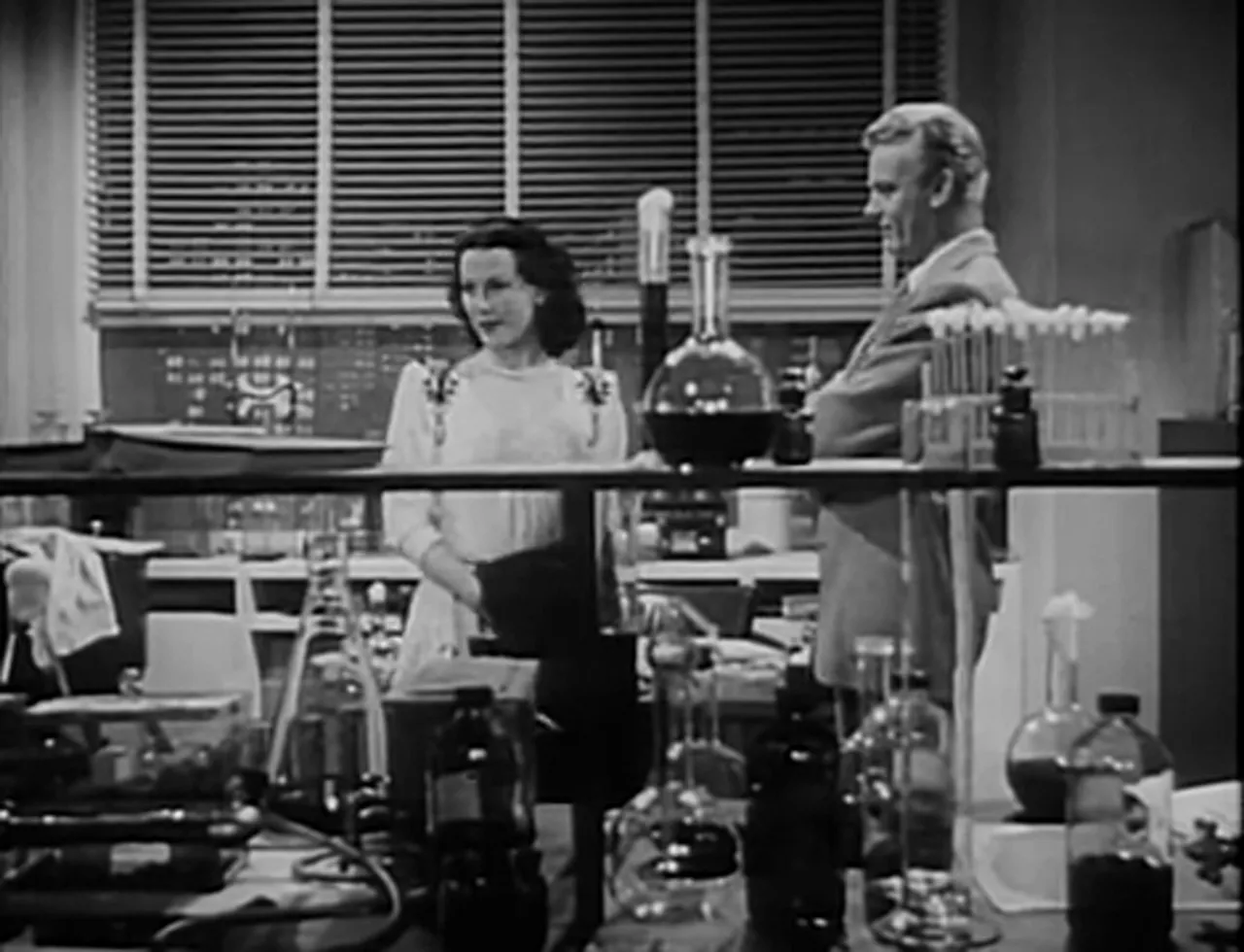
The film’s music, credited to Carmen Dragon, underscores emotional beats without overwhelming them, often preferring underscored tension to melodramatic swells. The production design, overseen by art director Nicolai Remisoff, creates a convincing Manhattan of offices, nightclubs, apartments and elegant living rooms. The film’s visual texture — shadowy parlors, rain-slashed streets, and cramped apartments — aligns it with the noir tradition even as the screenplay tilts toward psychological explication.
Budget, schedule and studio pressures
According to production records, Dishonored Lady exceeded its original budget and ran from early May to late July 1946 at California Studios. The production companies were Hunt Stromberg Productions and Mars Film Corporation; the film was distributed by United Artists and released May 16, 1947. The film’s budget and box-office performance (it did not recuperate its costs) reflect both the postwar marketplace’s volatility and the difficulty of marketing a movie that straddled genre lines — a fact that has contributed to its relative obscurity among mainstream audiences, despite critical interest among classic film scholars and film noir movie aficionados.
Trial, Courtroom and Narrative Mechanics: Crime as revelation in a film noir movie
The murder plot functions primarily as a narrative device to confront the heroine with public scrutiny. The courtroom scenes are the film’s moral theater: every witness, line of questioning, and psychiatric testimony exposes character rather than merely advancing plot. The prosecution crafts a neat motive: Madeleine’s deception makes her capable of murder. The defense — complicated by Madeleine’s reticence — must counter not just legal claims but social condemnation.
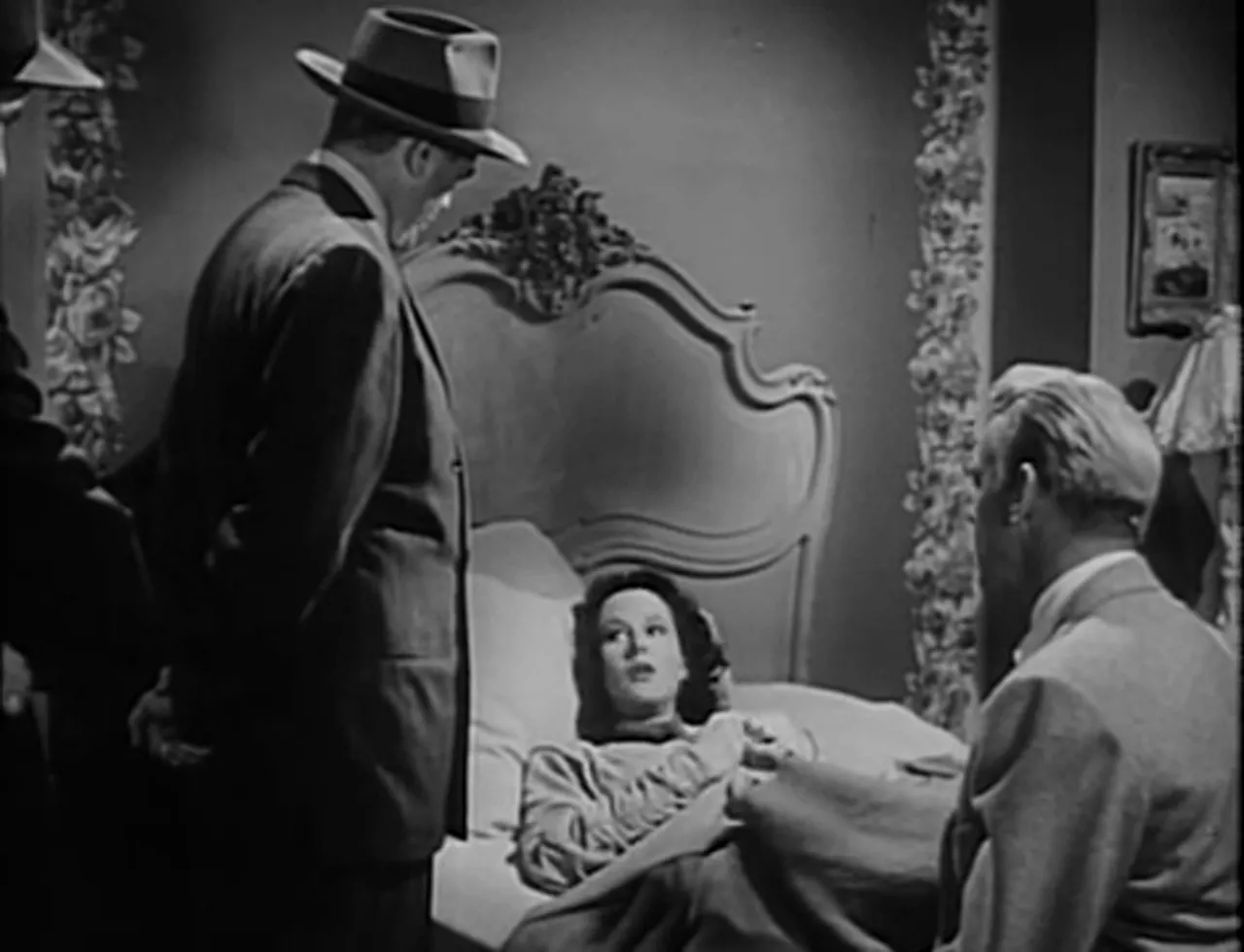
Here the film shows an understanding of legal drama as moral allegory. Madeleine’s courtroom silence — her refusal to defend herself — is coded as self-punishment and self-protection. When the film finally reveals the true murderer, the solution is not merely procedural. Instead, confession and arrest resolve narrative suspense while the heroine’s real trial — the internal reckoning — continues. This insistence on inner transformation aligns Dishonored Lady with the intellectual strains of some film noir movies, where moral clarity is rarely delivered by the law alone.
Critical Reception and Legacy: Where Dishonored Lady sits among film noir movies
Contemporary response to Dishonored Lady was mixed; the film was a financial failure, exceeding its budget and not connecting with broad audiences. Modern critics and cinephiles, however, find value in the film’s hybrid nature. It performs an uneasy balancing act between the shadowy aesthetics of noir and the conversational, confessional structure of melodrama. As a result, Dishonored Lady is of special interest to those who study film noir movies as a mode rather than a rigid category — especially critics who look for movies that apply noir’s moral register to questions of identity, psychiatry, and gender.
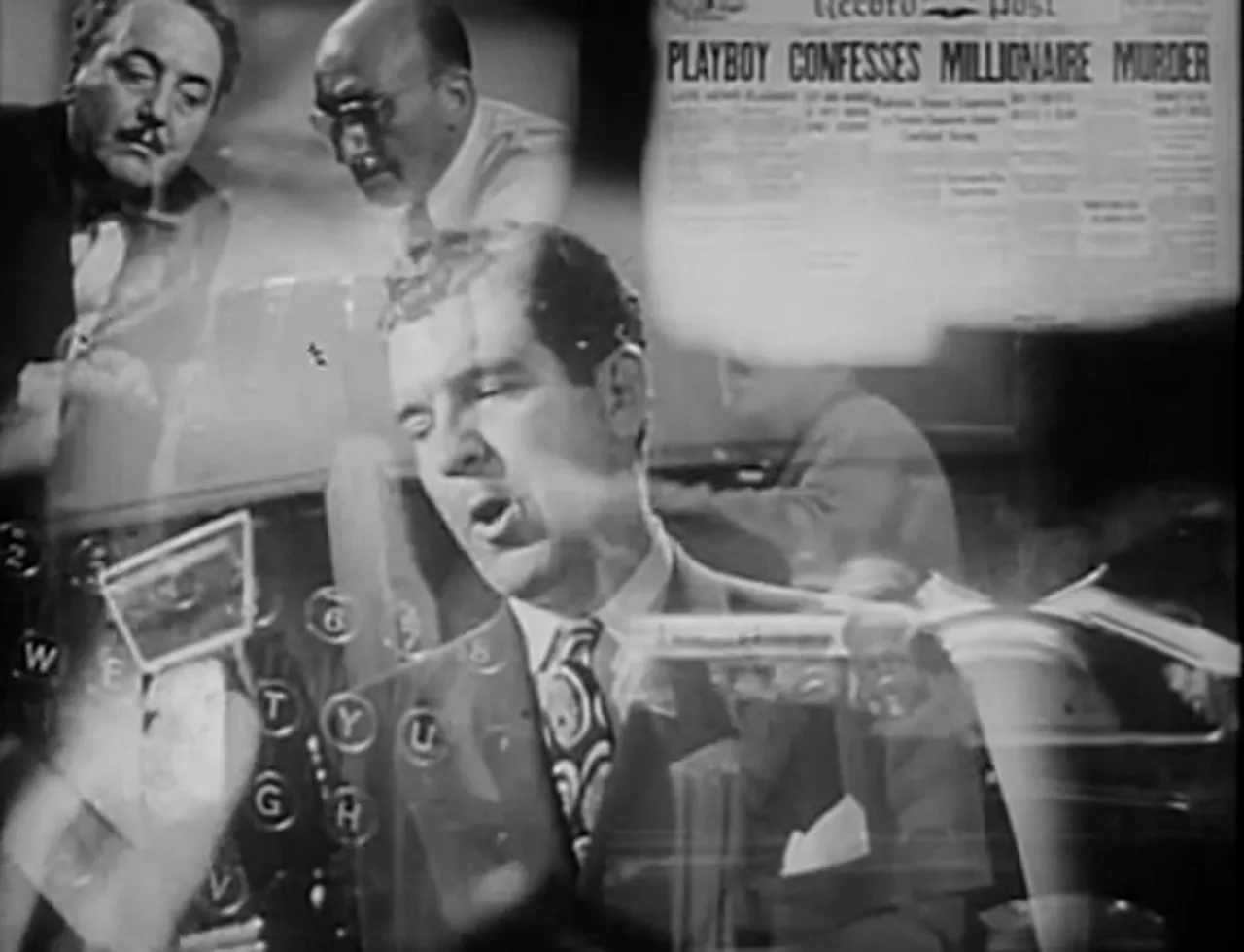
The film’s historical interest is also heightened by production history: the Hays Office’s censorship reshaped the narrative, excising raw material that would later resurface in more permissive eras. This makes Dishonored Lady an instructive case study for how moral and aesthetic anxieties were managed in mid-century Hollywood. Its cast, particularly Lamarr, offers a performance anchor that explains why viewers keep returning to the film despite its structural unevenness.
Why it matters to the noir scholar
For those cataloguing film noir movies, Dishonored Lady is an artifact of genre hybridity. It does not deploy every cliché of noir — there is no voice-over narration, no private eye — but it captures the mood, the moral ambiguity, and the urban nightscape that define the tradition. More importantly, it layers psychology and psychiatry into the crime narrative, making the heroine’s internal struggle the film’s central concern. That emphasis on internal revelation, rather than pure external detection, differentiates Dishonored Lady from more strictly procedural entries in the genre and thus justifies its repeated classification as a film noir movie.
Close Readings: Scenes that mark the film’s noir temperament
Several sequences merit close attention for their combination of performance, mise-en-scène, and thematic density.
- The Boulevard confrontation: The opening office quarrel establishes Madeleine’s professional identity and the social pressures that motivate her retreat. It is an early example of how public and private selves will clash throughout the film — a motif common in film noir movies.

- The car crash and rescue: The incident that sends Madeleine to Dr. Caleb’s care functions as the narrative rebirth. The doctor’s diagnosis — and the subsequent therapeutic conversations — make explicit the film’s psychological focus, a hallmark of the darker, introspective film noir movies.

- The laboratory sequence with David: The scenes with David Cousins and his microscopy work introduce a quieter, scientific intimacy that contrasts with the magazine world’s glare. The research project and the drawing of blood cells represent a slow, ethical labor opposed to the ephemeral glamor of fashion — an ideological contrast the film uses repeatedly.

- The nightclub and the rain-soaked return: Nightlife, drink, and rain appear in the film’s noir vocabulary. The rain-swept streets and the night’s confusion precipitate the fateful meeting at Cortland’s house — a classic noir device.

- The courtroom drama: The trial condenses the film’s moral conflicts into public spectacle. The psychiatrist’s testimony, the lover’s pledge, and the eventual revelation all function as narrative mechanisms to adjudicate both legal guilt and personal redemption, a dual adjudication that many film noir movies stage in different forms.

Production Notes and Historical Context
Dishonored Lady’s production under Hunt Stromberg and the subsequent distribution by United Artists places it within a complex mid-century studio landscape. The film was produced in black and white and runs approximately 85 minutes. The cinematographer Lucien N. Andriot contributed to the film’s visual mood, while John M. Foley’s editing and Carmen Dragon’s music added to the controlled pacing and tonal shifts. The production history, including studio budget overruns, a contentious time with the Hays Office, and a tepid box-office return, is part of the film’s biography and explains in part why the movie remains under-discussed compared with more commercially successful film noir movies of the era.
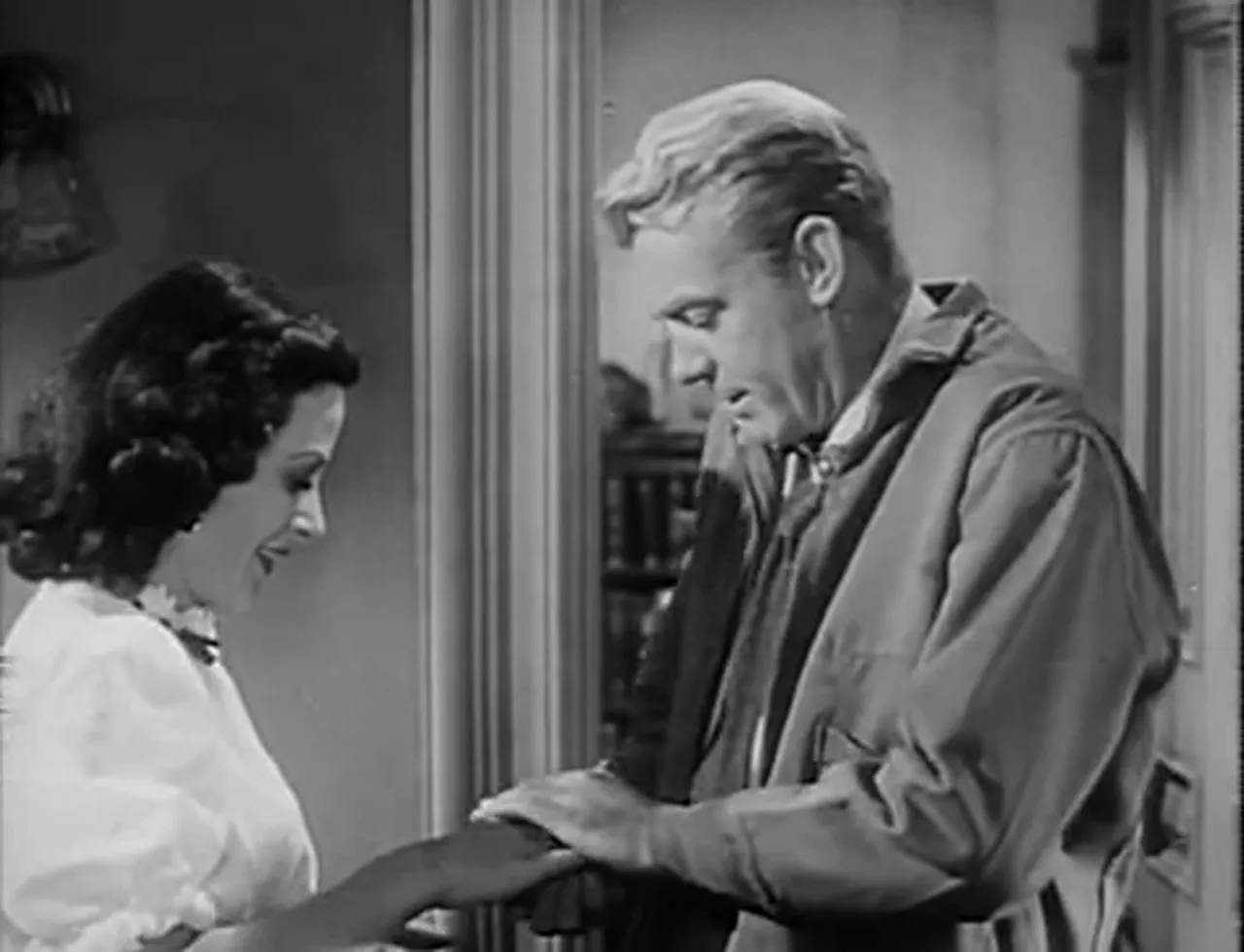
Final Assessment: Dishonored Lady as a study in noir-inflected melodrama
Dishonored Lady is a complicated, sometimes uneven, but ultimately rewarding film for those drawn to the intersection of crime, psychology and gender politics in classic cinema. It should be understood as a film noir movie that leans heavily on melodramatic structures and therapeutic rhetoric. The film’s restorations and available prints make it accessible to contemporary viewers; watching it is recommended for film historians and noir enthusiasts who appreciate genre permutations.
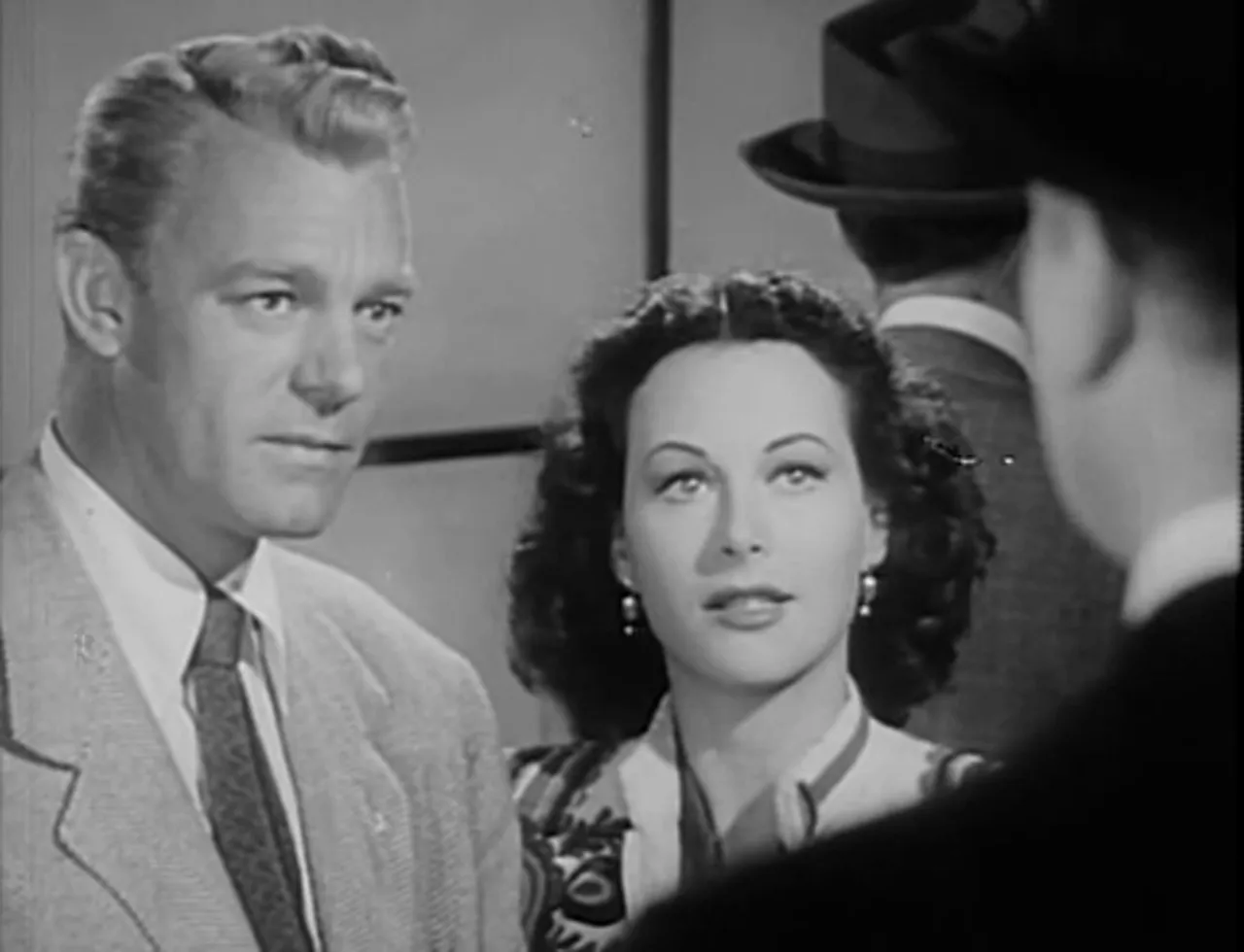
Hedy Lamarr’s central performance supplies the film’s keystone: an enduring screen presence that both authors and audiences regard with fascination. The supporting performances, especially Dennis O'Keefe’s steady Dr. David Cousins and John Loder’s predatory Felix Cortland, deepen the film’s social tensions. The courtroom finale and the resolution — a confession by the real murderer and Madeleine’s hesitant decision to withdraw until she is certain of herself — complicate the usual Hollywood closure. For a film with roots in a 1930 play, Dishonored Lady emerges as a text that negotiates redemption through self-exposure rather than simple vindication, an arc that persuades the critic to classify it as a film noir movie with a conscience.
Viewing Guide: How to watch Dishonored Lady as a classic film noir movie
For modern audiences and students of film noir movies, attention should be paid to three registers while viewing:
- Visual Style: Look for high-contrast lighting, indoor shadow play, and framing that isolates the protagonist. These are hallmarks of noir aesthetics that the film uses with attention to Dorothy’s psychological state.

- Psychological Discourse: Listen to the language used by Dr. Caleb and to Madeleine’s confessions; psychiatry functions as a moral interpreter in the film.

- Gender and Power: Observe how masculine control operates through wealth, institutional authority, and social surveillance — motifs common to film noir movies engaged with female subjects.

Conclusion: Dishonored Lady’s continuing relevance to film noir movie study
Dishonored Lady refuses to be merely a courtroom thriller or a glossy melodrama. Its insistence on interior truth, its negotiation with censorship, and its synthesis of noir atmosphere and therapeutic revelation make it a durable object of study. For critics and cinephiles exploring film noir movies, this film offers an instructive example of how noir can intersect with questions of identity, psychology, and postwar morality.
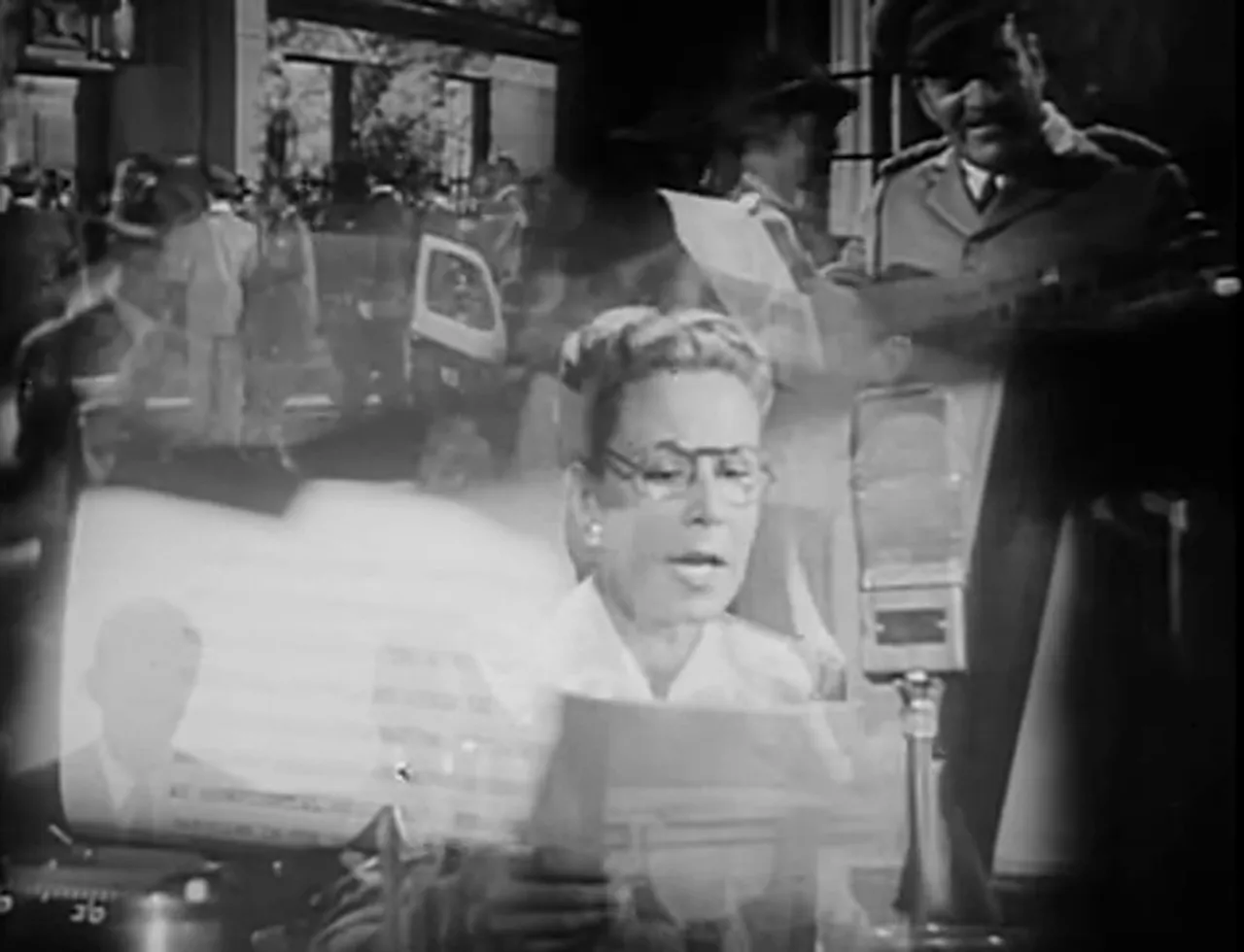
Ultimately, Dishonored Lady stands as a testament to a transitional moment in American film history — a time when the grammar of noir was flexible enough to accommodate melodramatic introspection. It may not be the most famous of film noir movies, but its thematic ambitions and formal choices reward repeated viewings and critical reappraisal.
Quotation for reflection: "You can have my apartment, Ethel. The rents pay till the end of the month." — lines that hint at survival strategies beneath the film’s glamour, which recur often in film noir movies.
Further reading and viewing suggestions for the noir enthusiast
To understand Dishonored Lady in context, the modern critic recommends pairing it with other noir-inflected melodramas of the 1940s and late 1930s, comparing the representation of female interiority across the period and examining the impact of censorship on narrative form. Watching Dishonored Lady in tandem with stricter noirs will clarify the spectrum of styles contained under the "film noir movie" umbrella and illuminate how this particular film negotiates its identity between genre demands and institutional constraints.
Dishonored Lady rewards viewers who seek complexity: it functions as a crime story, a psychological drama, and a social commentary on the pressures facing postwar women. In these qualities, it deserves renewed attention from anyone surveying the landscape of film noir movies.

